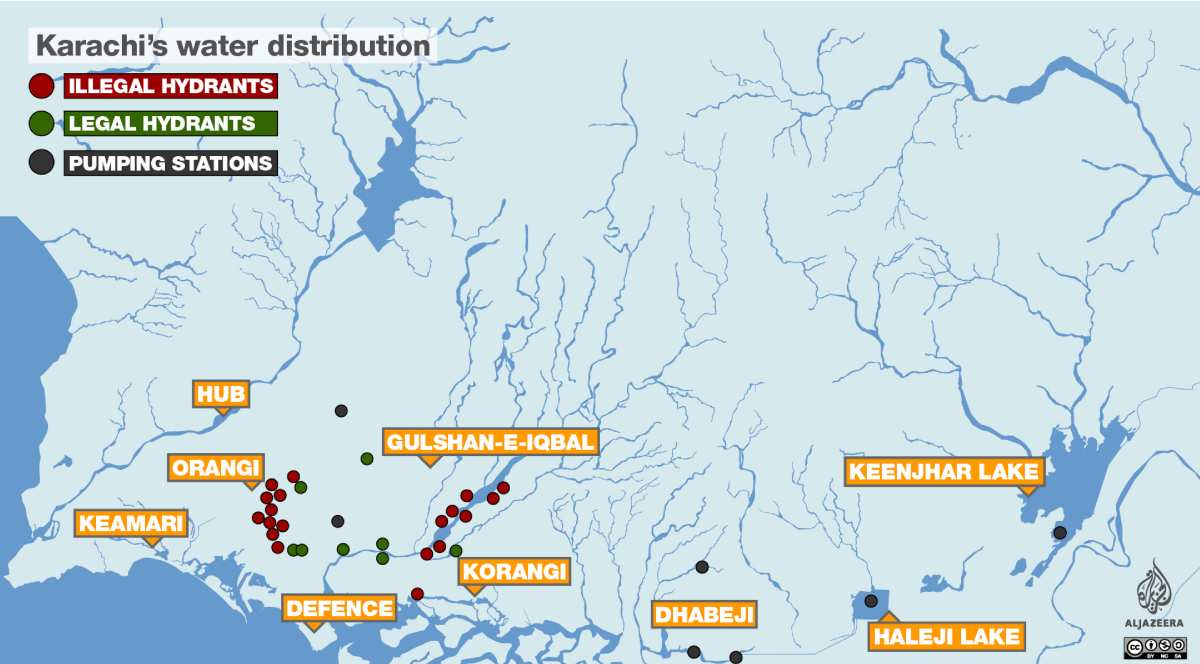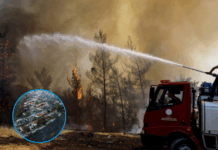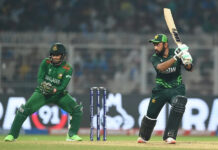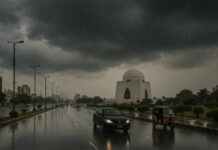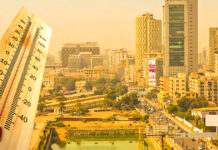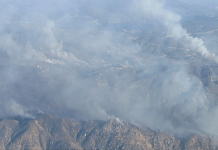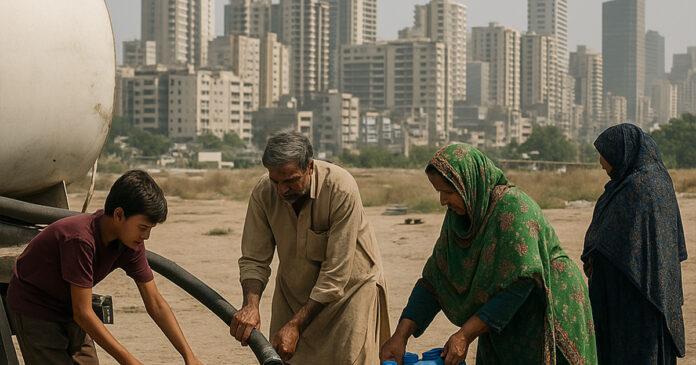Karachi, Pakistan’s largest metropolis and economic powerhouse, is paradoxically parched. Despite its coastal geography and vital national role, the city of over 20 million people faces a severe water crisis that is both a human tragedy and a systemic failure. Karachi’s water crisis is grappling with a complex web of issues, including ageing infrastructure, rampant corruption and a powerful water tanker mafia. The question remains: Is there a solution to this multifaceted problem?
The Magnitude of the Crisis
Karachi needs approximately 1.2 billion gallons of water per day to meet its population’s basic needs. However, it receives only about 550 to 600 million gallons (currently 400 million gallons only due to the damaged pipeline) on an average day. This can cater to only 50% of the needs. This shortfall translates into empty taps, long queues at water tankers and in many areas, complete dependence on private vendors who charge exorbitant prices for a basic human necessity. In fact, the proliferation of the so-called “tanker mafia” has turned water into a commodity controlled by profiteers.
Residents of neighbourhoods like Orangi Town, Lyari, and parts of Korangi have been hit the hardest, with many going days without a single drop of water. Meanwhile, upscale localities often have better access because they can afford private arrangements or wield enough influence to secure supply.
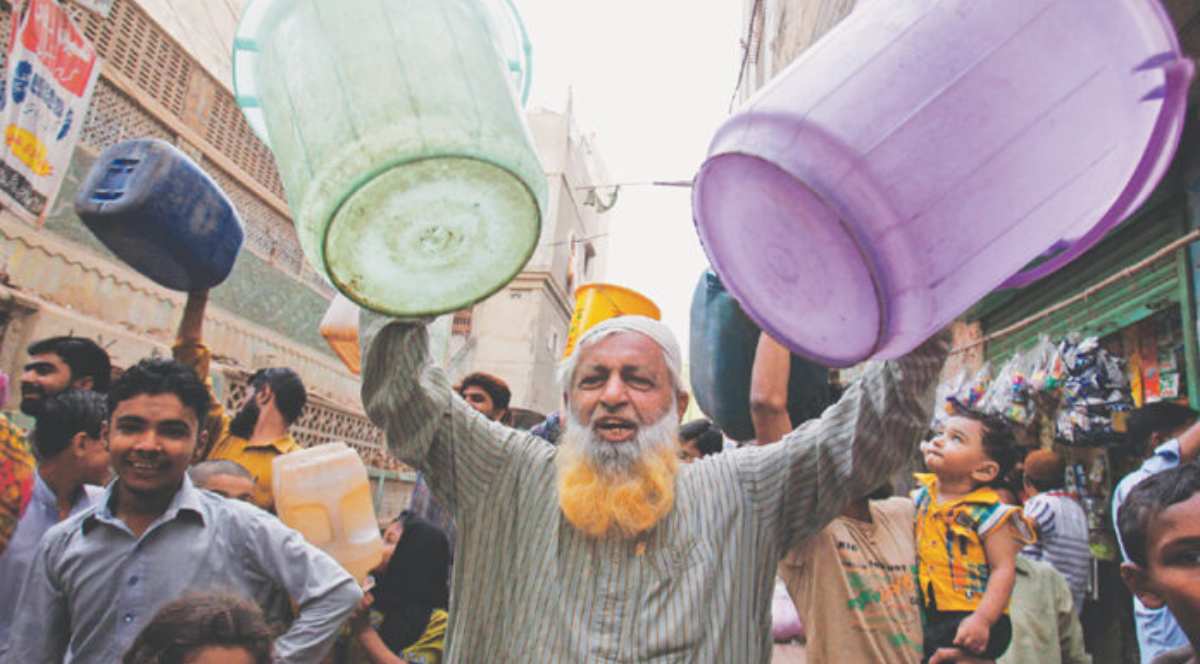
The Current Water Shortage: No Water for 12 Days
The water crisis in Karachi seems to have no end. In the past few days, it has gotten even worse, frustrating the locals who are already grappling to the water shortage since decades.
While Sindh Chief Minister Syed Murad Ali Shah has recently taken notice of the water crisis and instructed the Karachi Water and Sewerage Corporation (KWSC) to restore normal supply, several localities in all the seven districts of Karachi have still been facing a severe water crisis since the leakage of an 84-inch main pipeline on Karachi University campus on April 29.
Despite the completion of the repair work on the ruptured line, the water woes of the people across the city have yet to come to an end as restoration of normal supply to the affected areas has been delayed due to filling of the repaired line with water under low pressure.
The affected neighbourhoods include Gulshan-i-Iqbal, Sheme-33, PECHS, Bahadurabad, Tariq Road, Chanesar Town, Jinnah Town, Liaquatabad, Nazimabad, Pak Colony, Golimar, Shershah, old city area, Landhi, Korangi, PAF Base Masroor, etc. All of them are not receiving even a single drop of water for the past 12 days.
Main Reasons For Karachi’s Water Crisis
The water supply infrastructure in the city is aged and has been running for more than 40 years without any maintenance. Moreover, KWSB is a sick institution. This fiscal year, it estimates that it will be running at a deficit of 59.3 percent. Only about 60 percent of consumers pay their bills, with the biggest defaulters being government institutions themselves, which owe KWSB about $6 million in arrears.
The problem, however, is not just leakage and inefficiency in the system: it is theft. The bulk of Karachi’s ‘lost’ water is being stolen and sold right back to the people it was meant for in the first place.
The Rise of the Water Tanker Mafia
Water scarcity has also given rise to a lucrative black market controlled by the so-called “water tanker mafia.” This network of private operators, often with alleged ties to officials within the Karachi Water and Sewerage Board (KWSB) and local law enforcement, siphons off water from both legal and illegal hydrants.
A typical 1,000-gallon water tanker costs anywhere between $12 and $16, depending on where you are in the city, what time of year it is, and how desperate you might be.
If tankers in Karachi are making 50,000 trips a day, with each trip priced at an average of Rs3,000 (prices vary between Rs1,200 to Rs7,000), that amounts to an industry that is generating Rs150,000,000 a day.
That’s $1.43 million, every day. In a month, that adds up to $42.3 million. By the end of the year, stealing water in Karachi is an industry worth more than half a billion dollars.
